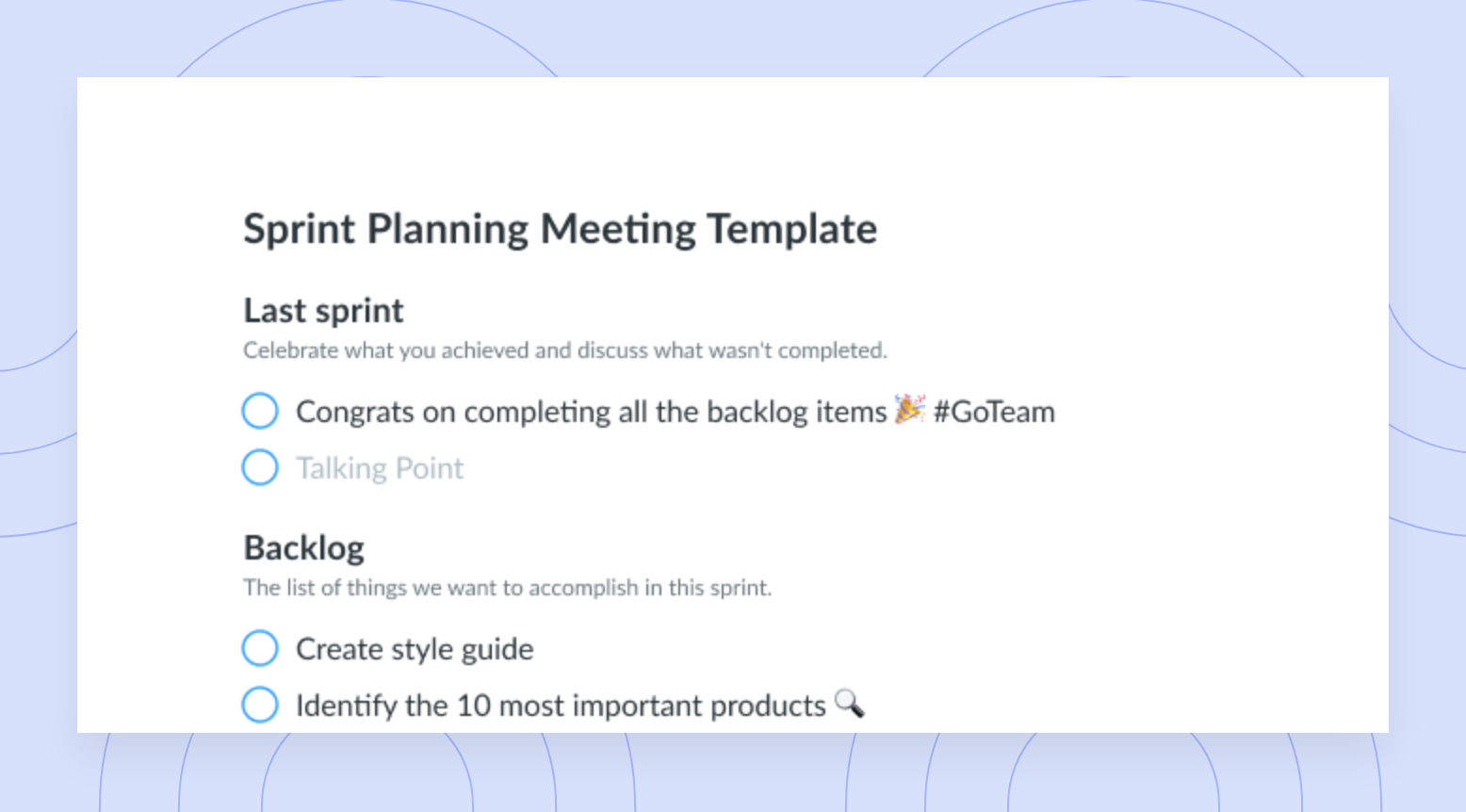
Marketing Sprint Planning Template
Get this templateUse this template to drive your next Marketing Sprint Planning session to go from zero, to a marketing campaign in just 5 days.
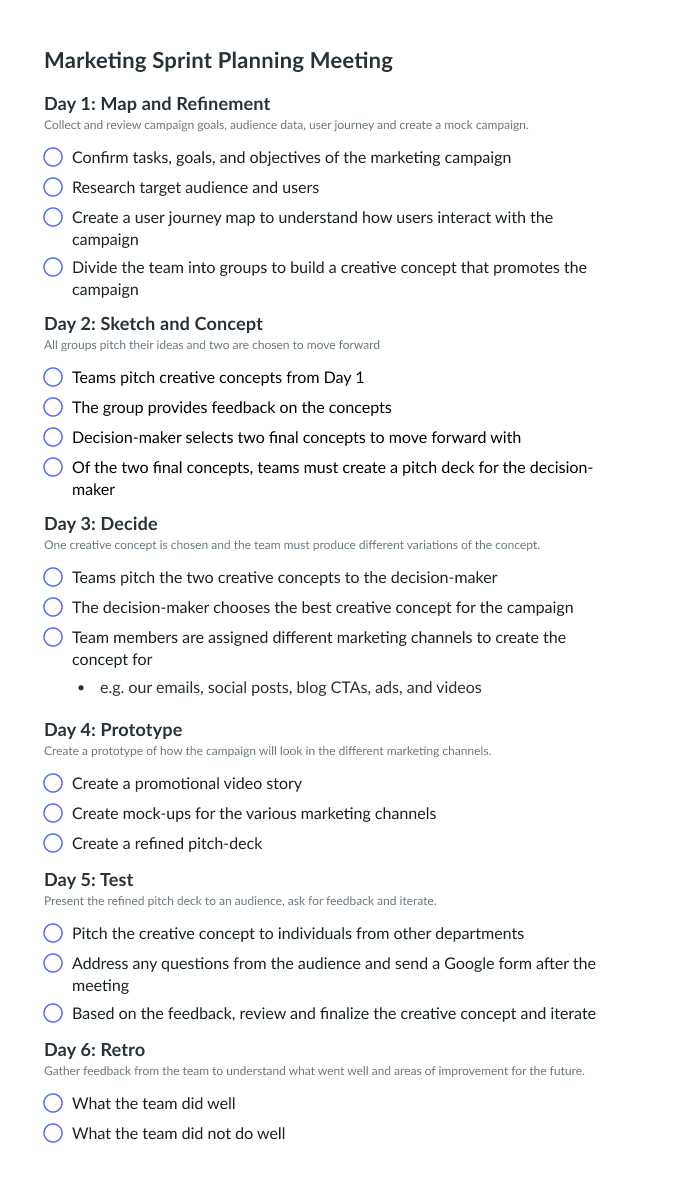

Marketing Sprint Planning Overview
Businesses of all sizes will likely face a marketing sprint at some point. If you’re unfamiliar with the term, marketing sprint refers to a specific period where a marketing team will agree on tasks that they can accomplish within a particular time frame.
The length of your marketing sprint will heavily depend on the needs and requirements of your marketing team but tends to average around two weeks. Planning a successful sprint means prioritizing tasks and emphasizing agility.
Every marketing team member should be present at every marketing sprint meeting, whether physically or virtually. Because this plan is laid out and executed briefly, it’s essential that every necessary team member attend.
If this is the first marketing sprint meeting your company has ever had, you’ll want to leave plenty of time for open discussion and marketing sprint planning. You should hold meetings as often as you feel needed but at least once per week during the active sprint.
In short, the purpose of a marketing sprint meeting is to ensure that everyone is on the same page regarding tasks, goals, and desired results. They are crucial to the success of your marketing campaign.
How to Run an Effective Marketing Sprint Planning Session
Running an effective Marketing Sprint Planning Session takes quite a bit of preparation. If you’re leading the meeting, you’ve got to have a good idea of where it’s headed.
While these meetings tend to involve quite a bit of brainstorming, you still want to walk into it ready to roll, and a sprint planning template can help you! There is no right or wrong way to assign and task your projects as long as you ensure that it works with your team’s dynamic.
Before the meeting, the head of marketing should prioritize your backlog. So, you’ll have a comprehensive list of what tasks the team needs to accomplish in order from most important or time-sensitive to least. When it comes to a marketing sprint, job titles and roles matter less than accountability, and it’s crucial to stress this during the meeting.
Always begin the meeting by examining prioritized items. Whichever task is the most important is the first one you need to discuss. For example, if your project is to create an email campaign that welcomes customers to your website, you could break it down by looking at competitors’ copy, writing your own, and then handing it off to design.
Every person has their place, but you must delegate it.
What’s inside this Marketing Sprint Planning Template:
It’s much easier to gather thoughts and assign jobs when utilizing a marketing sprint template. We’ve designed each section to work seamlessly in with your meeting.
1 Day 1: Map and Refinement
Mapping your marketing sprint plan and refining tasks is an essential first step. You should be well aware of what needs to be done before your meeting commences, so you’re organized. Also, when it comes to refining tasks and scaling your list, you can never be too thorough. You’ll likely continue to refine as the sprint goes on.
2 Day 2: Sketch and Concept
If you’ve had enough contact with your team before the initial meeting, you’ll have asked them to develop a few concepts to bring to the table. You’ll want to leave plenty of time to create or “sketch” around the meeting topic as a group. Here, you’ll brainstorm and unfold what you need to do to move forward successfully, but it’s vital for you, as a leader, to have your own ideas here.
3Day 3: Decide
In a successful marketing sprint meeting, decisions happen. The team will decide the best way to move forward with the current project or campaign, and you’ll assign tasks and deadlines. This section can be one of the most challenging parts of the meeting, as moving forward with a decision as a team isn’t the easiest. Ensure that you hear everyone.
4Day 4: Prototype
Whatever you came up with during your sketch and concept phase, and landed on in the following stage, is what you’ll create in the prototype phase. It’s time for your team to build what you need in the validation or test phase. If you don’t formulate a prototype, it’s nearly impossible to move forward in any marketing campaign, so leave time for this phase.
5Day 5: Test
It’s time for the test phase, and depending on the type of project you’re working on, this could mean a few different things. It could mean testing a welcome email or how well one ad campaign runs compared to another. The test phase can be lengthy.
6Day 6: Retro
As your meeting (and project) ends, you’ll have gained some retrospect on what worked and what didn’t, which will hopefully prepare you for your next meeting or project. As your team becomes more experienced with marketing sprints, the process will streamline, and you and your team will have a better idea of what to expect.













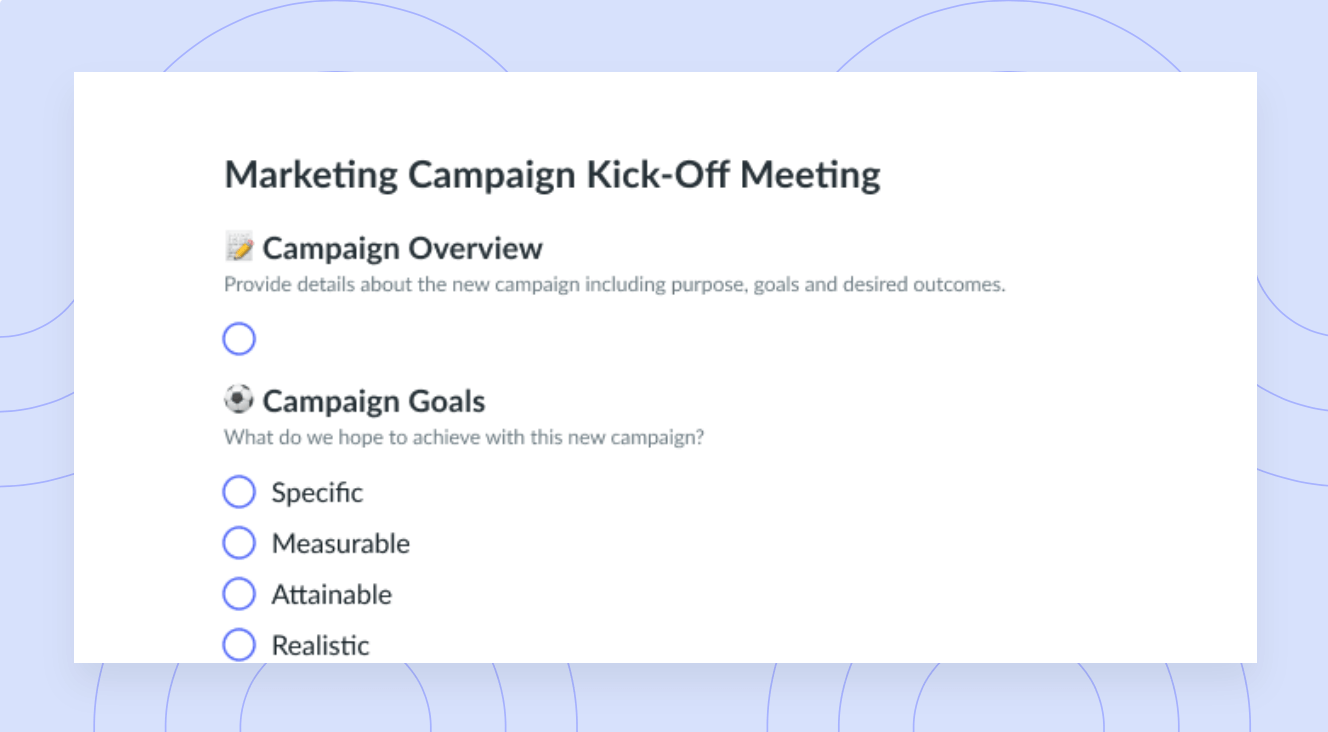

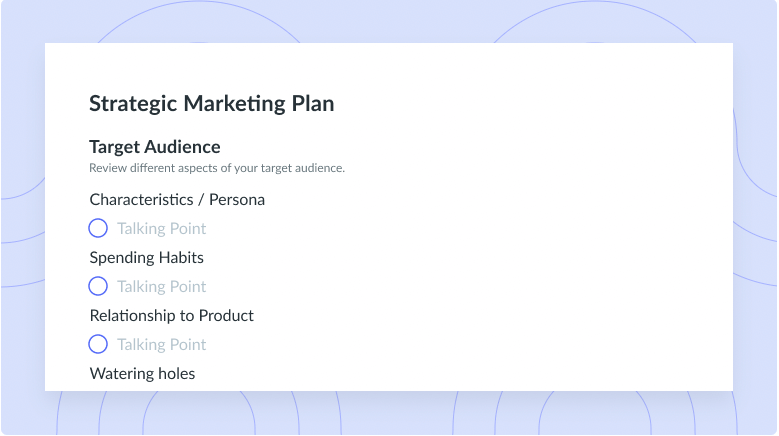


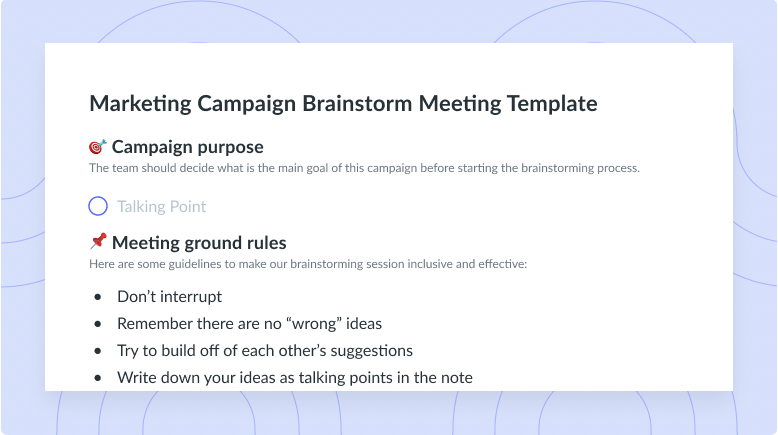


![Sprint Planning Meeting Guide [+ Free Template]](https://fellow.app/wp-content/uploads/2020/12/Sprint-Planning-Team.jpg)




![Understanding Planning Poker: 6 Steps [+ Free Template]](https://fellow.app/wp-content/uploads/2022/08/Planning-Poker-2.jpg)


